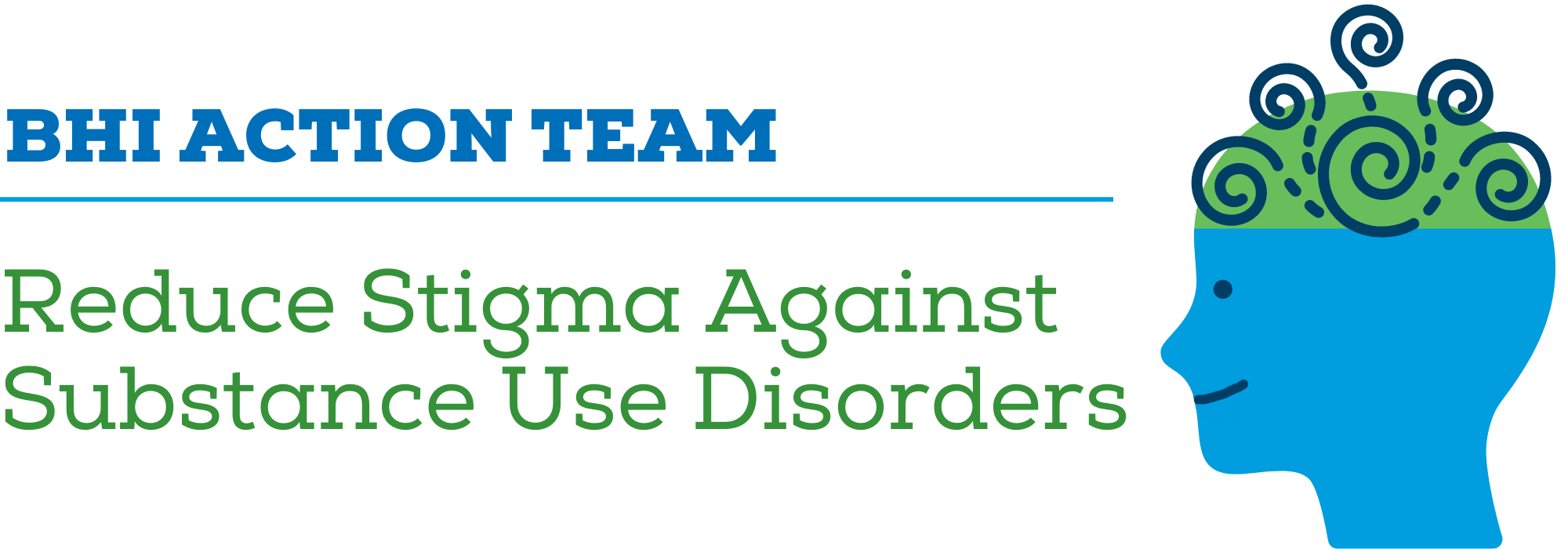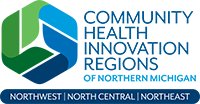
Project Name: Substance Use Stigma Assessment and Response Project
Team Leaders, Members and their Organizational Affiliations:
LEADERS:
- Donna Norkoli
- Emily Pokorski
- Erin Coe
- Kortni Garcia
TEAM MEMBERS:
- Angie Bruning, Great Start Collaborative
- Christina Eikenroth, Munson Healthcare
- Gerry Morris, Project Unity
- Suzanne Prentice, Catholic Human Services
- Lauren Reed, Grand Traverse County Drug-Free Coalition
- Aaron Shaner, Munson Healthcare
- Savanah Cool
- Nicole Schultz
- Jenny Mickelson
- Audrey Sharp
- Kelly Brittain, BCBSM Foundation
- Corey Hebner, Michigan State Police
- Timothy Hudson, Michigan Opioid Collaborative
- Paul Bock, Munson Healthcare
- Sharon Vreeland, Substance Free Coalition of Northwest Michigan
- Stacey Kaminski, Northern Lakes Community Mental Health
- Jody School
- Pam Lynch, Harm Reduction
- Grayson Lewis, NMSAS
- Shawna Shelton, Wexford/Missaukee Public Defenders
- Jodi Balhorn, NMRE
September 2022 Behavioral Health Summit Materials
SUPPORTING DOCUMENTS
![]()
